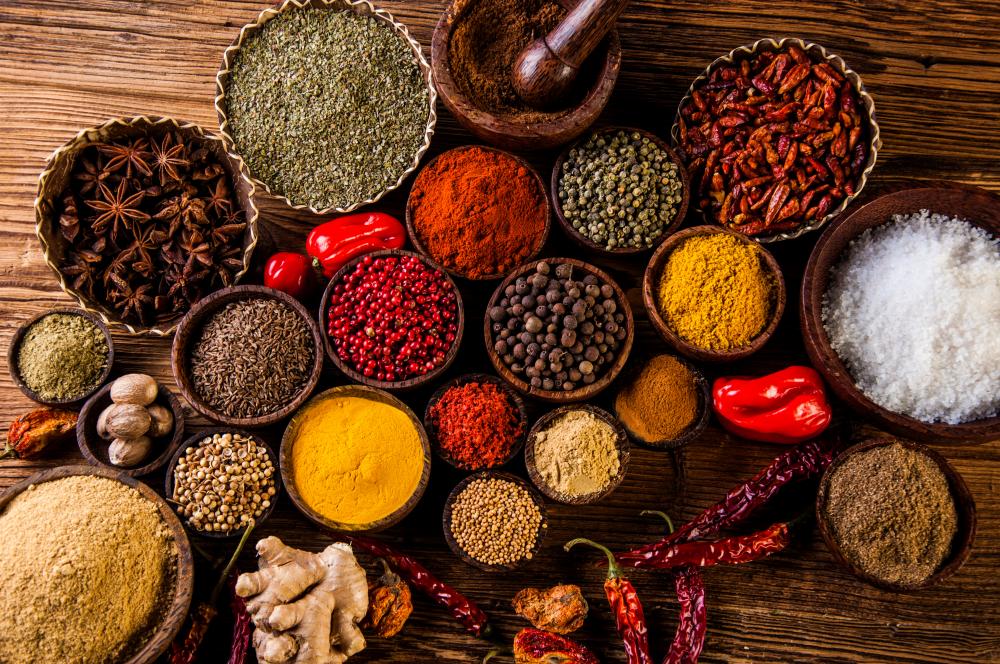2 min Read
Today, biryani is a staple in millions of kitchens around the world. And yet, no two are alike.
Myriad add-ons turn this aromatic rice-based curry into a feast for royalty—from luscious tomatoes and slivers of carrot to hints of apple and aubergine. And, of course, there's the unique combination of South Asian and Middle Eastern spices and condiments—like chutney, raita, dahl, nutmeg, mace, cardamom, bay leaves, coriander, or mint.
In fact, so many regularly eat the dish that making a better biryani has virtually become an international project unto itself.
That's where gene editing innovations like CRISPR can join the table. The method is capable of producing more hardy, nutritious, flavorful ingredients—with less resource depletion, greater pest resistance, and enhanced climate adaptability.
It all begins with rice…
Rice is the foundation of biriyani. As our population increases, the food security of billions depends on this staple, so no wonder rice has long been a significant focus of scientific attention. Dozens of CRISPR research initiatives tackle every aspect of rice seeding and production. One is bolstering resistance to rice blast -- one of the most destructive diseases affecting rice crops worldwide. Others address yields, herbicide resistance, water requirements and even flood survival.
…that's packed with protein…
Beef, goat, and lamb are all common ingredients in biryanis that present a wholly different set of challenges. But here, again, gene editing techniques that are revolutionizing plant agriculture are achieving much in the way of healthier animals and better meat products. For instance, researchers are conceiving ways of giving these animals a better chance at withstanding the many bacteria and disease that threaten their lives and farmers' livelihoods.
...and flavored with spices!
Take cardamom, the base for so many curries like biryanis. Like many spices, it prospers in select climates and high-altitude locations. Meanwhile, pest and disease threats take a yearly toll. But various researchers are employing gene-specific editing to help make our savory spice crops tastier, easier to grow, and more resilient.
For all cookers and lovers of biryani—whether as a go-to dinner or celebratory dish—the secret ingredient you could soon be after is gene editing.

